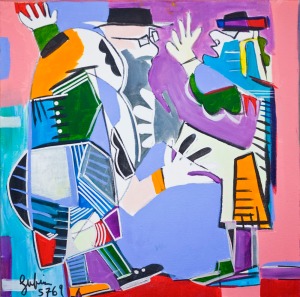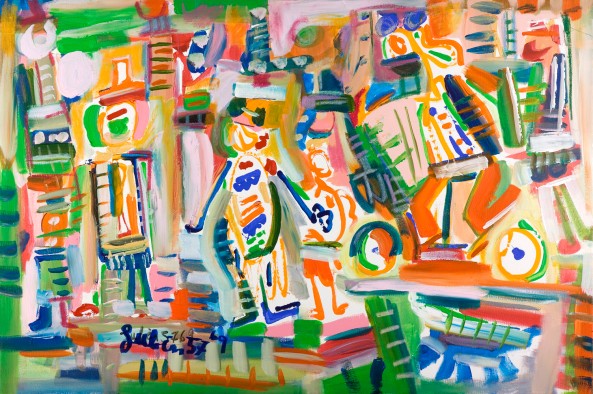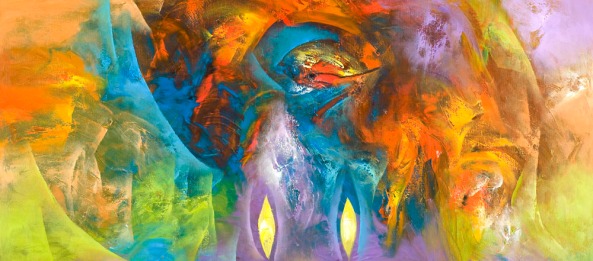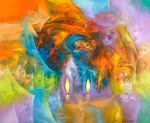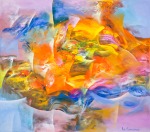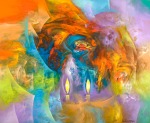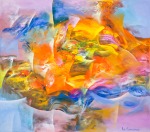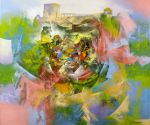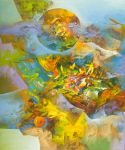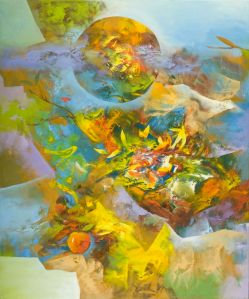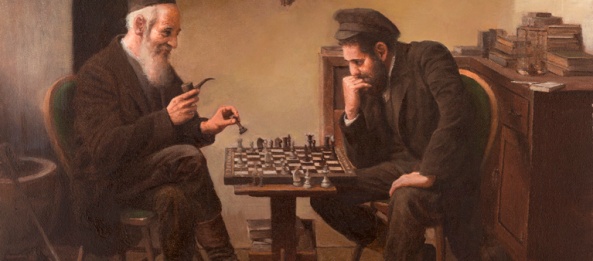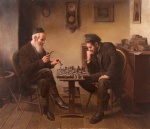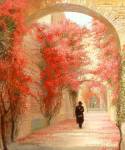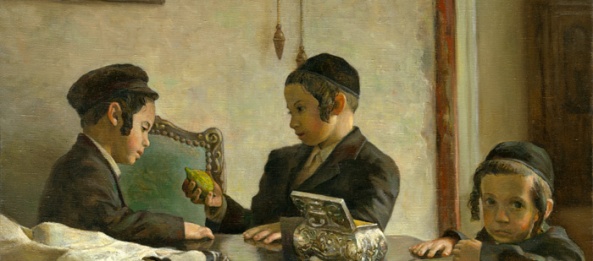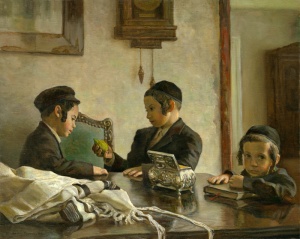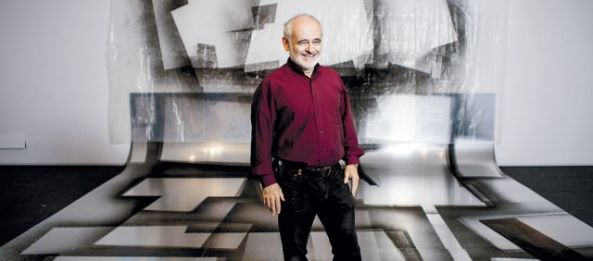The artist as wandering Jew, Judaica Art
Joshua Neustein, once a young lion of Israeli and Judaica art world, shows five decades of work in New York, at new Israel Museum exhibit.
Joshua Neustein emerges from behind a screen at his new Israel Museum exhibit, “Drawing in the Margins,” with small, nimble steps. Seventy-one, white-haired, his looks come as a surprise because the photo of a young and mischievous Neustein has been reprinted in many Israeli art books and remains etched in memory.
His exhibit has a small palette and doesn’t try to impress. Torn and folded paper, drawings, a few video works and quiet, monochromatic but also mature installations. Though he doesn’t call the show a retrospective, Neustein offers five decades of work here. A wandering Jew born in Poland and living in New York where he owns a studio, he nonetheless decided to hold this exhibit in Israel. It seems that even though he views the state as an “episode” in Jewish history, it is the foundation of his own.
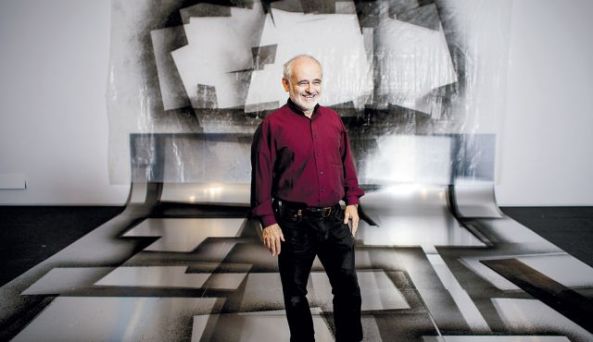
Neustein immigrated with his parents to the United States as a child. He grew up in Manhattan and studied in an ultra-Orthodox yeshiva. Afterward he decided to study art at the Pratt Institute. Upon finishing his studies in 1963, he went first to Vienna and then to Jerusalem. “I wasn’t in a hurry to become an artist. I knew that I would be one; I was self-important and arrogant, but I put it off,” he told Haaretz. “I wandered around Israel for two years without accomplishing very much; I lived off my parents.”
His uncle, painter Zvi Meirowitz, lived in Haifa, and he advised his nephew to start his artistic career with painting. “Egon Schiele died when he was only four years older than you are now,” people told him. In the United States, Jackson Pollack, Willem de Kooning, Mark Rothko and others of the Abstract Expressionist School were prominent on the scene; in a few years they were replaced by Pop and Minimalist artists. Likewise, in Israel, artists of the New Horizons abstract movement were dominant. Meirowitz, who was one of them, gave Neustein his entree into the local art world.
“I was lucky that I stood out as a young artist in exhibits; people paid attention to me,” Neustein says. A 1972 Davar newspaper review of exhibits said “the Rina Gallery in Jerusalem continues with its ‘collector’s choice’ show. Among the participants in this quality exhibit are Joshua Neustein, Pinchas Cohen Gan, Micha Ullman, and many other promising young Israeli painters.”
Neustein stopped painting after a short time. “I remember that reviews were good after the exhibit at the Rina Gallery. I was disappointed that they were so positive. I wasn’t satisfied with my paintings in the New Horizons style. This type of painting was just an effective tool that enabled me to belong here.”
In 1969 Neustein showed a surprising installation at the Artists House in Jerusalem, “Shoes,” which he created with the artists Georgette Batile and Gerard Marks, in which 17,000 pairs of army boots were piled up in the exhibition space. For many, this was Neustein’s first real exhibition. In 1970, the three artists created the site-specific installation, “Jerusalem River Project,” in which the sounds of a river were broadcast over speakers installed across two kilometers of the valley in Jerusalem’s Abu Tor neighborhood.
According to Meira Perry-Lehmann, the current exhibit’s curator, the river project marked the beginning of Neustein’s “conceptual drawing.” For the artist, nearly all his work is a kind of drawing, and “Drawing in the Margins” is an opportunity to look back on the hidden thread that runs through his artistic life.
Tearing paper
The exhibit starts with an early series of works on paper from the end of the 1960s. Neustein scrawled pale graphite squares on white sheets of paper and then erased parts of them to create cross and oval shapes. He collected the erasures in small paper envelopes which he attached to the drawings. The value of the work is in its documentation of the act of erasure, of a sort of choreography, and not the quality of the image itself.
“It’s not that I was against painting or drawing,” he explains apologetically, “it’s just that I wanted them to have the same presence as an installation made of thousands of smelly boots. I knew the level of vitality and energy I wanted from my work. Some reviewers analyzed them as merely provocative, but that’s far from the intention I had. I wasn’t interested in sensationalism. Look, we didn’t really know what we were doing. Some of the work was the visual writing down of ideas and that’s all.”
You’ve been described as an Israeli artist with a different kind of education, someone with a great deal more knowledge about international modern art than the average Israeli artist.
“Yes and no. I was in my twenties, with all the questions and self-doubt one has at this age, and also with a lot of flexibility. I never felt I’d grabbed God by the balls. You could say I wasn’t part of Israel’s artistic monologue, and perhaps I had greater openness, almost a purposeful naivete, which is very American.”
After 15 years in Israel, Neustein returned to New York, where he had continued to keep his studio in Lower Manhattan’s SoHo district. He says there was no particular event that led to the move, but he does acknowledge he did not have great commercial success here. At the same time, environmental art and the genre of installations were developing in Israel, but were not considered worth collecting. In effect, his movement back and forth between the United States and Israel continues to this day.
“Here,” he says, “there was always a struggle between [the identity of] the Jew and the Israeli. For me there was no question. I was just a Jew, a Diaspora Jew. I always saw Israel as a chapter in Jewish history.”
These ideas emerge in a few of the works he created for the exhibit, notably a large map of Israel drawn on a wall and floor with cheap cellotape. “This is temporary material, like the geographic borders of the state,” he says, as one of the pieces of tape falls to the floor. “The Jews are one of the first people to separate nationality from geographic location; they became wanderers. The question is whether the Israelis are also willing to be mobile. I don’t know. In another three generations, I’m not sure Israelis will exist, but there will certainly be Jews.”
In a separate room from the main exhibit hall a new video, “Water Into Wine,” is being shown for the first time. A camera was placed opposite an ordinary sink with a faucet that slowly drips water into a glass of red wine. Water mixes with the wine, which turns pale pink until it is completely transparent. In another video, Neustein makes the same point in a different way: He filmed himself drawing a Star of David with one hand while the other hand erases it at the same time.
Much of the exhibit is devoted to works made of torn paper. From Neustein’s viewpoint, these are drawings, too. “Tearing is a kind of total drawing, the mark of a line with no turning back,” he says. These works, together with an iron screen in the middle of the exhibit space, are reminiscent of his work, “What have I forgotten,” which appeared in a group show curated by Drorit Gur Aryeh at the Petah Tikva Museum of Art eight years ago.
Aside from the conceptual significance he attaches to these works, Neustein sees the torn paper as a symbol of falling leaves and aging.
“When I tore paper for the first time, it was a life-changing event,” he says. “Suddenly I no longer belonged with Aryeh Arokh or [Yosef] Zaritsky, even though of course I liked them. This process was like boarding a ship without noticing that it was unmoored and moving far off, and impossible to stop.”
He looked back on art and his place in it. “The art of the 20th century, if it is remembered for anything special in the future, will be remembered for being abstract,” Neustein says. “Aryeh Arokh helped me understand this. We think that western culture is so meaningful, but this is only true for us. Umm Kulthum sold many times more albums than the Beatles, and more people are moved by her than by Elvis Presley. And so I don’t see New York as big and Israel small; they carry the same weight from my point of view.”
Like the fading monochromes in Neustein’s exhibit, the heavy and serious political discourse that once characterized his work has faded. His art today is much more pluralistic and democratic, less didactic and less open to one-sided interpretation. To a degree, Neustein says, his work today speaks more about aging and transience, both his and that of the art he represents. He emphasizes that he has never stopped battling for truth in art.
“On the contrary,” he says. “It’s just that it gets harder with the years.”
Courtesy of haaretz.com
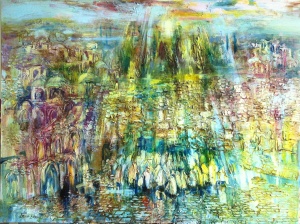
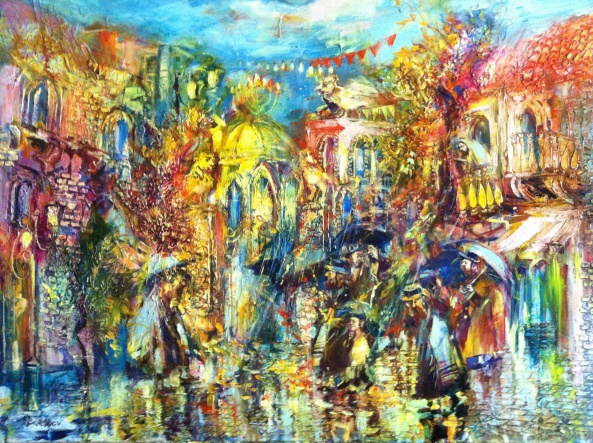 Born in Kharkov Ukraine in 1975 and emigrated to Israel in the 1990s, Bershov has hit the local scene like a tornado.
Born in Kharkov Ukraine in 1975 and emigrated to Israel in the 1990s, Bershov has hit the local scene like a tornado.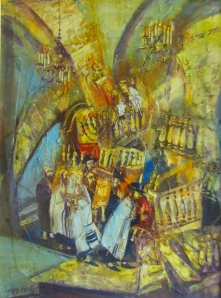 *1997 Fine Art Gallery, Weisbaden, Germany
*1997 Fine Art Gallery, Weisbaden, Germany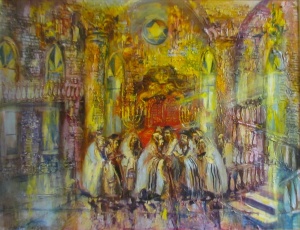
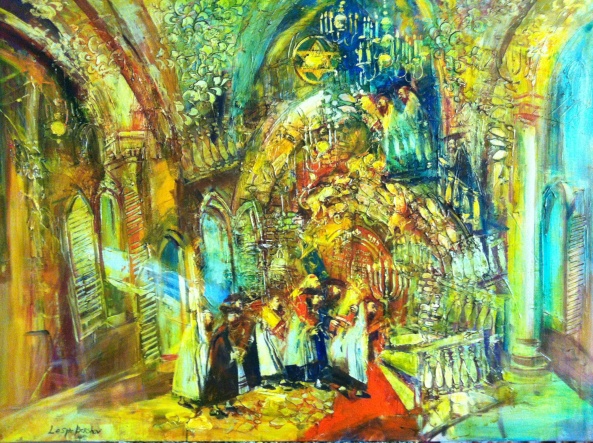
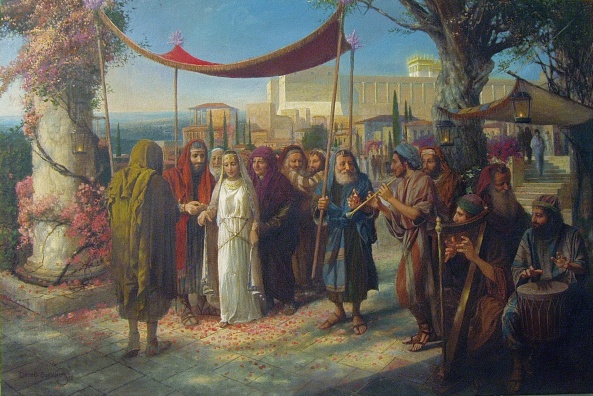
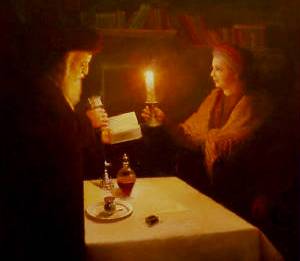
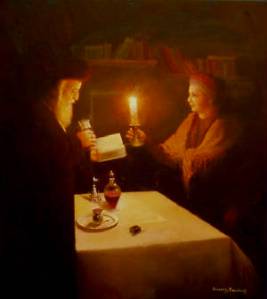
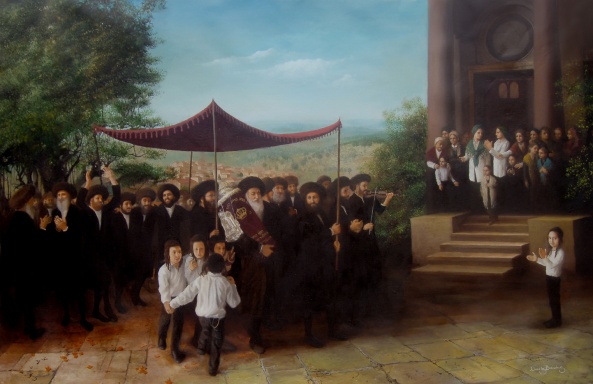
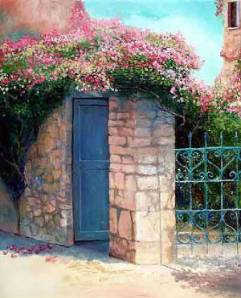

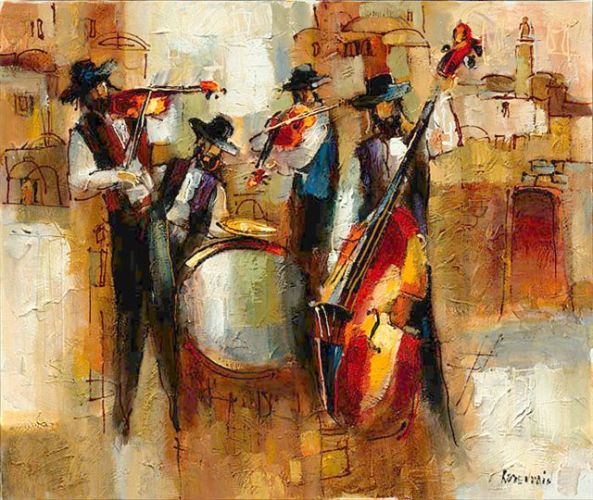
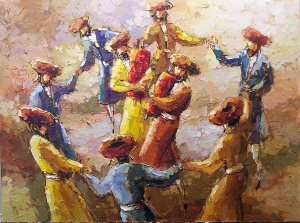
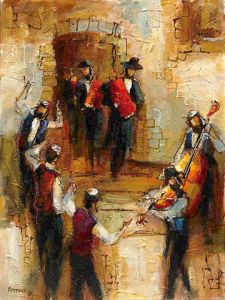
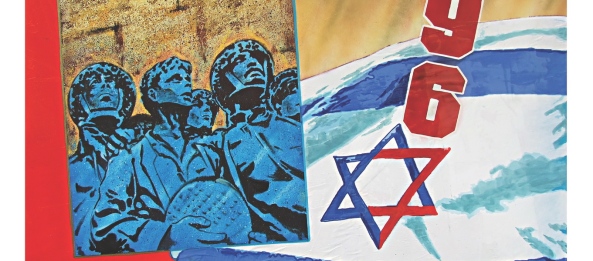
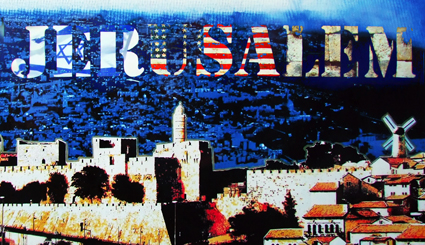
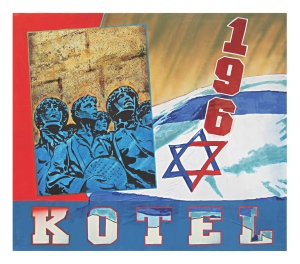
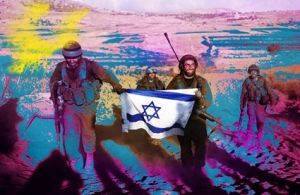
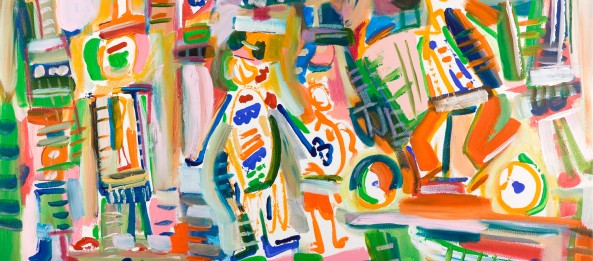
 Noah Lubin was born in 1980 in Chicago USA into an artistic family. His mother had an “art salon” and thus he came into contact with many artists. He always felt he had the vocation to paint, but only in 2008 he revealed himself as an artist with an immediate and overwhelming success.
Noah Lubin was born in 1980 in Chicago USA into an artistic family. His mother had an “art salon” and thus he came into contact with many artists. He always felt he had the vocation to paint, but only in 2008 he revealed himself as an artist with an immediate and overwhelming success.